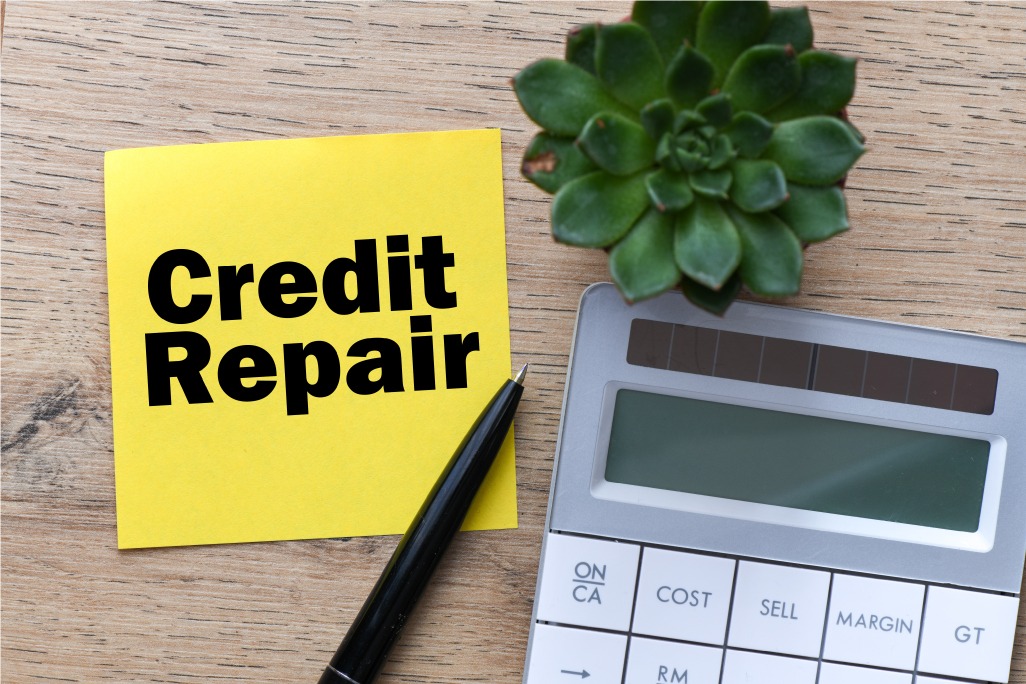
Getting started!
When you are at the start of your journey to better credit, you will understand that the options open to you in terms of new credit cards and being accepted for them will be far narrower than if you are 700+ and being offers cool cards left, right and center.
This, of course, makes sense to your potential lenders, as it’s likely that you may have had issues in the past keeping up with payments, or over-spending on cards and having high balances.
However, there will always be options. Credit Card companies have a plan for you whatever your circumstances. It also gives you the practice of changing your habits for the better. Once you have started to change these ingrained habits, you’ll be able to upgrade to better options at a good, gradual pace.
The problems
You will find that the APR interest rates will tend to be higher, the credit limits lower and there is more chance of paying an annual fee. Not all these things should be viewed as problems.
Higher limits are NOT what you need if you have a bad credit history. You need manageable and achievable targets. You will be aiming here for keeping your balance at 29% or less of the available credit anyway. You will be paying off that balance or what you owe regular as clockwork.
With the high-interest rates, you will also want to make sure your balance is always kept low and your payment obligations met.
And an annual fee can be a price worth paying to get your credit score headed in the right direction.
Secured cards
Most credit cards are defined as ‘unsecured’, meaning that the card issuer isn’t asking for any guarantee that you can pay what you owe. There is nothing securing your debt to them in terms of your ability to pay. So, a ‘secured’ card means very simply that you DO have to offer some security to the card issuer.
These are often a very good (or sometimes the only) option for particularly bad credit. When you open a ‘secured’ credit card part of the deal is that you pay a certain agreed amount upfront to cover the risk for the issuer. So, effectively, there is a pre-pay element. These options are definitely not the same as pre-paid cards, as you will still be borrowing from the issuer. Pre-paid cards also do not have an impact on your credit score.
You must still formally apply for these cards, so there will be a ‘Hard Inquiry’ recorded on your credit report. That inquiry will effectively set the amount you will be asked to secure the card with. Deposit amounts can start as low as $200 but may be a lot higher than that. Once your deposit amount has been set, you can choose whether to accept the agreement.
Store cards
One of our employees started on his credit repair journey by taking out a Target RED card. Store cards can often have a lower barrier to entry than the more mainstream credit cards. Match up the store card you apply for to the store you use most, then think of these cards not as ‘credit cards’ per se. Rather use them to pay for your groceries (often with the % discount included – for example, Target RED is a flat 5%) and then go home and pay off that entire balance. Getting into this habit, you are both going to have a positive impact on your credit score, plus you are saving on your purchases. Walmart has a great store card too, offering great cashback advantages. These are great and simple ways to save money and improve your credit rating.
Just be sure to pick very carefully, do your research and do not apply for too many cards. Too many ‘hard inquiries’ into your credit will have a negative effect. Pick one or two options and concentrate on doing a good job of payments and balance monitoring. You’ll see the impact quickly.
No, you won’t get the bells and whistles of reward points or cash back with these options, but you will have the immense satisfaction of seeing your credit score and financial position improve.
